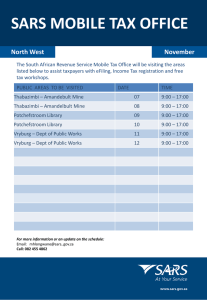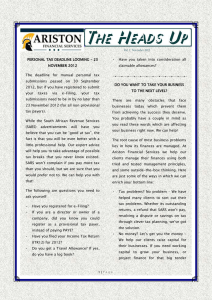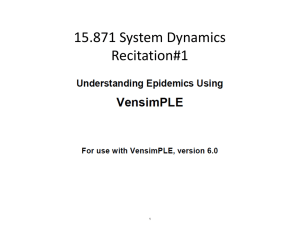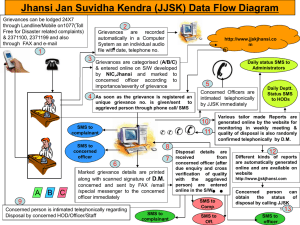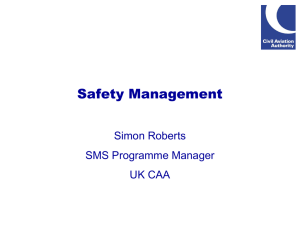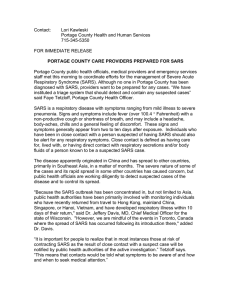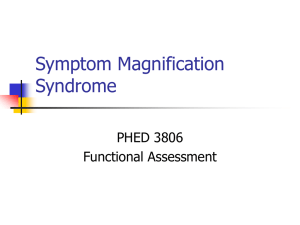Powerpoint MDIA5003
advertisement
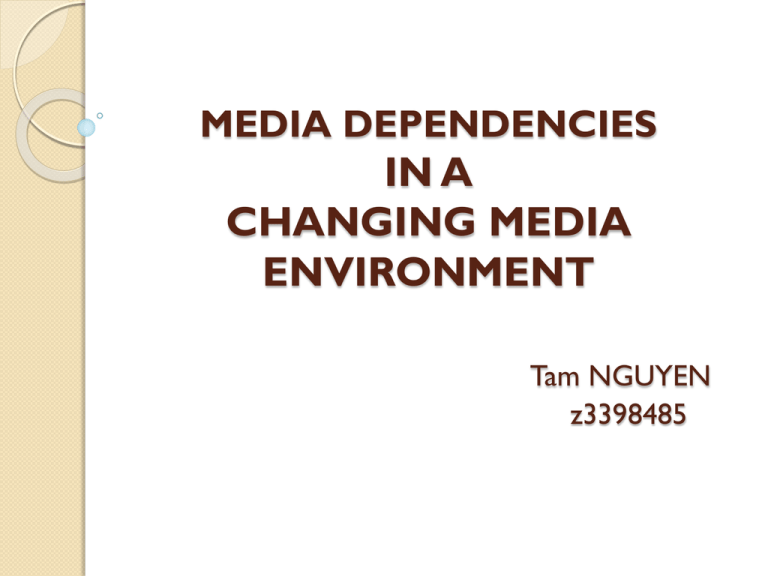
MEDIA DEPENDENCIES IN A CHANGING MEDIA ENVIRONMENT Tam NGUYEN z3398485 - - 60+ percent of patients nowadays consult the internet. From January through June 2009, 51 percent of American adults aged 18-64 had used the Internet to look up health information during the past 12 months. http://www.youtube.com/watch?v=2gWdq P4nD6k&feature=related The main purposes: 80% of those looking for health information use the internet to look up a specific disease or medical problem. 50% have looked for information on a particular treatment, drug or procedure 7% look for info on life-ending decisions 24% have read someone’s commentary, blog or other account of a personal health experience. 16% surfers consult ratings or rankings of doctors and or hospitals. Media dependencies in a changing media environment: - Media system dependency: Originally proposed by Sandra BallRokeach and Melvin DeFleur (1976). - This theory was “used to investigate people’s dependency on mass media to satisfy clusters of needs arising from social roles to individual dispositions”. Three types of “dependencyengendering” information resources Information gathering and creating Information processing Information dissemination In the crisis communications, Media has a tendency to shape and form the “reality” of the public during and after the crisis situation. The public’s dependency relationship with media in crisis situation is more intense than in non-crisis situations. The case of the 2003 SARS epidemic in China In spring 2003, SARS first broke out in China’s southern Guangdong province and then spread to Beijing. Government officials banned the release of SARS-related stories from mid-Feb to March because they want to: - Quell public panic - Maintain order in the southern province of Guangdong. - Keep attracting foreign investment. - Promote economic development. http://www.guardian.co.uk/society/2003/apr/21/china.sars Chinese citizen’s response: SMS & the internet: Communication tools & alternative sources: In late January, rumors about a fatal flu quickly spread by word-of-mouth & SMS. On 8 Feb 2003: - 40 million SMS messages were sent. On 9 Feb 2003: - 41 million SMS messages were sent. On 10 Feb 2003: - 45 million SMS messages were sent SMS in combination with informal networks of communication (email, chat-rooms, forums, bulletin board systems) and foreign media constitute a credible source for most people. During the crisis, people received news about SARS from: - Others (56.7%) - Talking to others (such as on the phone) (19.4%) - The internet (14.2%) More than a month after the government’s “full disclosure” policy on SARS information, all kinds of information were finally available from all media sources. References: Lyu, J. C. (2012). How young Chinese depend on the media during public health crises? A comparative perspective. SciVerse ScienceDirect Journals doi: 10.1016/j.pubrev.2012.07.006 Tai, Z., & Sun, T. (2007). Media dependencies in a changing media environment: the case of the 2003 SARS epidemic in China. New Media & Society, 9(6), 987-1009. doi: 10.1177/1461444807082691 Ball Rokeach, S.J and M.L. DeFleur (1976). A dependency Model of Mass-media Effects. Communication research, 3(1), 3-21 Lee, C. S. (2011). Exploring emotional expressions on YouTube through the lens of media system dependency theory. New Media & Society, 14(3), 457-475.
